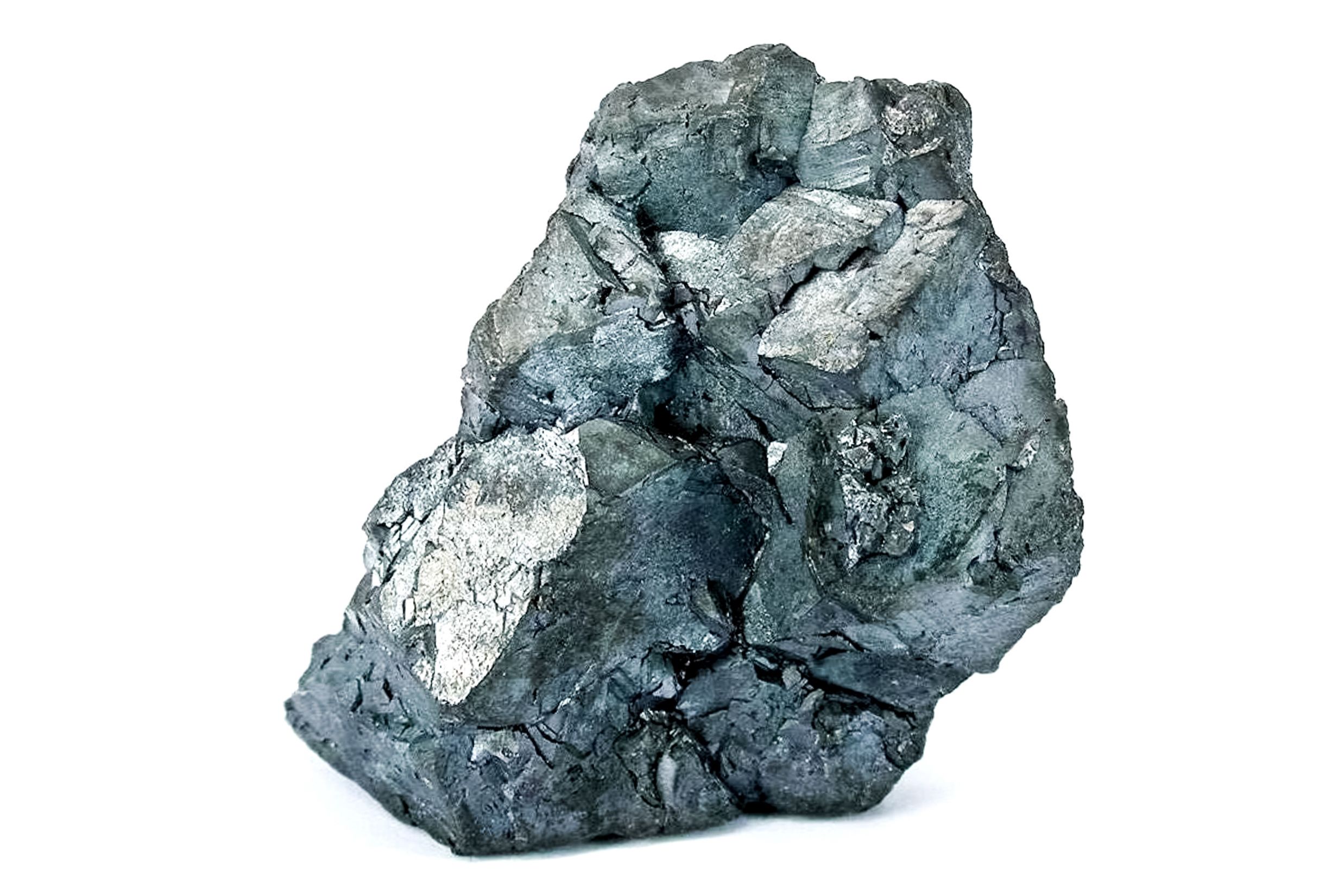Recent Advances in Elemental Analysis of Germanium-Based Functional Materials
A new article reviews methods for determining trace elements in germanium and germanium dioxide, highlighting the advantages and limitations of methods with and without matrix separation procedures.
A researcher at the Russian Academy of Science in Novosibirsk has published a review of studies on the determination of trace elements in germanium and germanium dioxide in the journal Talanta (1). The article discusses both matrix separation and non-matrix separation methods for analyzing trace elements in these materials. While non-matrix separation methods are simpler and faster, matrix separation is necessary for achieving low limits of detection for trace elements.
Germanium crystals, samples of rare earth metal germanium | Image Credit: © Ludmila - stock.adobe.com

Germanium is among the purest substances, and its trace elements are typically present at levels of pg g-1. Its high purity makes it an ideal material for producing nuclear radiation detectors, among other things. However, the trace elements in germanium can also affect its properties and quality, making it important to extend the list of determined trace elements and decrease their detection limits.
For example, the purity of germanium is essential for the performance of detectors based on it. The presence of impurities in germanium affects detector quality due to several reasons. Firstly, impurities alter the electrical properties of the germanium crystal, which can result in a decrease in the detector's efficiency. Secondly, impurities can create energy levels in the bandgap of the germanium, leading to increased noise and reduced resolution of the detector. Thirdly, impurities can cause a decrease in the lifetime of charge carriers in the detector, leading to lower sensitivity. Fourthly, impurities can cause unwanted electronic transitions, leading to false signals. Lastly, impurities can affect the mechanical properties of germanium, leading to cracks and other defects that can negatively impact the detector's performance.
To determine trace elements in germanium and germanium dioxide, single element methods such as atomic absorption spectrometry (AAS), and multielement methods such as atomic emission spectrometry (AES), mass spectrometry (MS), and neutron activation analysis (NAA) are used. The article compares these methods in terms of the number of elements determined and the limits of detection.
This article is a valuable resource for researchers in the field of materials science who are interested in developing high-purity substances with unique properties. By improving the methods for the analysis of high-purity substances, researchers can more effectively purify materials and identify the trace elements that affect their properties and quality. Ultimately, this research could lead to new applications in science and technology.
Reference
(1) Guselnikova, T. Y. History and recent advances in elemental analysis of germanium-based functional materials. Talanta 2023, 251, 123792 DOI: https://doi.org/10.1016/j.talanta.2022.123792
Newsletter
Get essential updates on the latest spectroscopy technologies, regulatory standards, and best practices—subscribe today to Spectroscopy.
New Study Expands Nickel Autoionization Spectra to Advance Laser Isotope Separation Technologies
July 17th 2025Researchers at China’s National Key Laboratory have identified 170 nickel autoionization states using resonance ionization mass spectrometry, significantly advancing the spectral database critical for laser isotope separation and atomic spectroscopy.
How Analytical Chemists Are Navigating DOGE-Driven Funding Cuts
July 14th 2025DOGE-related federal funding cuts have sharply reduced salaries, lab budgets, and graduate support in academia. Researchers view the politically driven shifts in priorities as part of recurring systemic issues in U.S. science funding during administrative transitions. The impact on Federal laboratories has varied, with some seeing immediate effects and others experiencing more gradual effects. In general, there is rising uncertainty over future appropriations. Sustainable recovery may require structural reforms, leaner administration, and stronger industry-academia collaboration. New commentary underscores similar challenges, noting scaled-back graduate admissions, spending freezes, and a pervasive sense of overwhelming stress among faculty, students, and staff. This article addresses these issues for the analytical chemistry community.
PNNL and BaySpec Launch Compact Mass Spectrometry System for Rapid Narcotics Detection
July 8th 2025The U.S. Department of Energy’s Pacific Northwest National Laboratory’s (PNNL) VaporID, which is a newly developed portable air sampling system incorporating a miniaturized mass spectrometer (MS), can detect trace levels of fentanyl, methamphetamine, cocaine, and even explosives like TNT with great accuracy.
Radar and Soil Spectroscopy Boost Soil Carbon Predictions in Brazil’s Semi-Arid Regions
July 7th 2025A new study published in Geoderma demonstrates that combining soil spectroscopy with radar-derived vegetation indices and environmental data significantly improves the accuracy of soil organic carbon predictions in Brazil’s semi-arid regions.
Deciphering Fossil Preservation in Brazil’s São Carlos Shale Using Analytical Spectroscopy
July 7th 2025A new study published in the Journal of South American Earth Sciences reveals how microbial activity, low pH conditions, and sediment chemistry in Brazil’s São Carlos Shale uniquely preserved diverse Upper Cretaceous fossils, offering fresh insights into the paleoenvironment of the Bauru Basin.